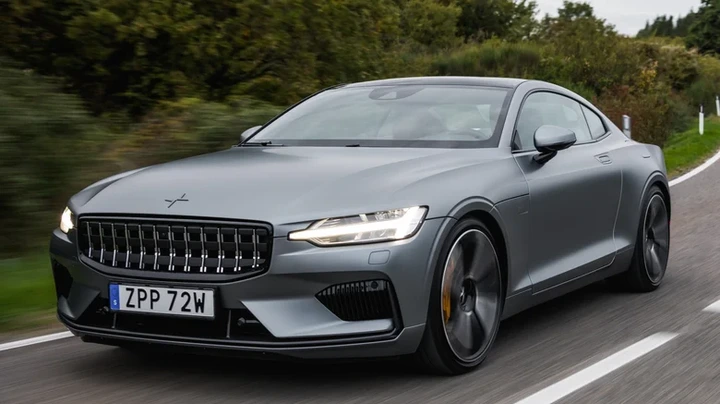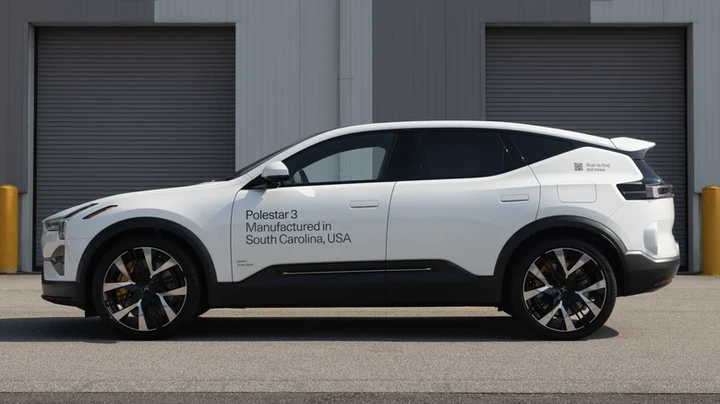
View pictures in App save up to 80% data.
Polestar has had a long and interesting history on its way to becoming a manufacturer of electric vehicles (EVs). The company started out as a vehicle tuner, which led to a collaboration with Volvo in 1996 to become their in-house tuning arm. The result was several high-performance Volvos that also carried the Polestar name, including the Volvo V60 Polestar and the Volvo S60 Polestar. After being owned for 11 years by the Ford Motor Company, Volvo was subsequently purchased by Zhejiang Geely Holdings in 2010. Geely is a huge Chinese automaking conglomeratethat also owns car brands such as Smart, Lotus, Proton, Geely Auto, LYNK & Co, and ZEEKR.
In 2015, Volvo bought all of Polestar and incorporated it into Volvo as a dedicated performance sub-brand, much like M does for BMW or AMG does for Mercedes-Benz. Then, in 2017, Polestar was spun off from Volvo to become an independent performance EV brand. Geely and Volvo provided Polestar with 640 million Euros as a starting investment in the new Polestar enterprise.
As of early 2024, Geely Holdings possesses 24% of Polestar's shares, while Volvo holds 18%. The company has embraced new investors, increasing the public float (shares available for trading) to approximately 18%. In February 2024, Polestar successfully obtained $950 million in fresh capital from a consortium of international banks, which is expected to adequately support its forthcoming production objectives.
Polestar's cars were first made in Sweden.

View pictures in App save up to 80% data.
While its corporate headquarters are located in Gothenburg, Sweden, with an R&D facility housed in the U.K., until recently, all of Polestar's production has been based in China. The marque's first model, built in China, was the Polestar 1, a performance plug-in hybrid rated at 609 horsepower. During the years 2019 to 2022, just 1,500 examples of the Polestar 1 were made. All succeeding Polestar models following the Polestar 1 would be pure EVs.
After the Polestar 1 came the Polestar 2, also built in China, which first appeared as a 2021 model and has been refreshed for 2024. Priced from $51,300, the Polestar 2 is the company's first mass-market EV. It was originally available in single-motor or dual-motor versions, offering between 299 and 455 horsepower. For 2025, the Polestar 2 has been consolidated into a single all-wheel drive model with all option packages included, taking its price up to $66,200.
In addition to its primary manufacturing facility in China, Polestar's cars are also produced in other locations, including Sweden, where the brand was originally founded. The company utilizes various production sites to support its global supply chain and meet increasing demand for its electric vehicles.

View pictures in App save up to 80% data.
The next vehicle in the Polestar lineup is the Polestar 3, the company's first EV SUV. It first went on sale in the U.S. as a 2024 model. The base model for 2025 is a rear-drive version with 295 horsepower, which starts at $68,900. The max power version is the Performance model, which has 510 horsepower and is priced at $68,900 to $81,300. The Polestar 3 shares a platform with its Volvo cousin, the EX90.
Starting from August 14, 2024, the Polestar 3 will be manufactured in South Carolina, in addition to its production facility in China. As Polestar's anticipated high-volume model for the American market, shifting production to the U.S. for the Polestar 3 will allow the company to circumvent tariffs imposed on electric vehicle imports from China. This strategy could also facilitate the provision of partial or full Federal tax credits for customers, depending on the source of the battery. Furthermore, vehicles produced domestically will be exported to the European market.
The upcoming addition to the Polestar lineup is the Polestar 4, which officially launched in the U.S. on April 24, 2024. Positioned in both pricing and dimensions between the Polestar 2 and Polestar 3, the Polestar 4 features a more aerodynamic and athletic design, categorized as an "SUV Coupe," and is constructed on a distinct platform from the Polestar 3. Initially manufactured in China, plans are underway for the U.S.-bound Polestar 4s to be produced under contract in Busan, South Korea, starting in 2025. This strategy may help mitigate the impact of tariffs on electric vehicles produced in China.